A Vedic ritual where offerings are made into the holy fire
We have a rich culture which comprises a plethora of rituals and traditions. All the age-old Hindu rituals have significance and benefits attached to them. Havan is one of the most prominent and significant parts of Hinduism that has been performed since the beginning of time.
What is Havan
Havan, also popularly known as Homam, is a Vedic ritual wherein, oblation such as ghee, navagraha sticks, seeds and other holy things are offered to the sacred fire. The word Homa is a Sanskrit word which is derived from the root hu, which means to 'pour into the fire, offer or sacrifice'. Let us now read further in order to understand the significance of Havan, to know the benefits of havan and the way it is performed.
Significance of Havan
Havan plays a significant role in almost every Hindu household. Fire is considered sacred in Hinduism, and the prime element of the havan is fire. The sacred fire is believed to connect an individual’s consciousness to the cosmic consciousness and is performed to burn negativity from the dweller's lives and to welcome positivity and harmony in the dwelling. The auspicious ritual of Havan is performed during puja, marriages and other special occasions.
Agni (Fire): The core element of Havan
The fire god Agni plays a pivotal role while performing the Havan. According to the Rig Veda 1.1.1, the one who recites the Agni mantra verse invokes the Fire god, saying, ‘I glorify Agni who is the Foremost, Gracious, welcoming the gods to the Yajna and accepts the Offerings’. The Rig Veda begins with this invocation that highlights the supreme position of Agni. He is mentioned as the foremost (purohit: puras meaning ‘front’ and hita meaning placed’). Lord of Fire is placed first for worship before the Yajna begins. He is the first before all. Just like a man carrying the torch in the dark followed by others (living in ignorance), the Fire God leads the worshipper toward the right path for achieving desired goals.
The Sanskrit word ‘Agni’ is composed of three verbs 'a” (from the root 'i'), which means 'to go, (from the root 'añj') shine' (or 'dah'), 'to burn', and 'nī' meaning 'to lead.' The one who burns past sins or ignorance, leading the one toward the divine light is Agni. Along with Indra and Soma, Agni is also highly honoured by the residents of the three worlds (Higher, Middle and Lower). This is also substantiated by his quality of being in the three spaces in three forms; as fire on the Bhuloka (Earth), as the lighting in the atmosphere and as the sun in the sky. This is what makes him the central figure and the intermediary between the gods and the humans. He acts like the messenger or the wish carrier of the humans to the gods.
Havan procedure
- Removes negative energies from the dwelling and the dweller's life.
- Attracts positivity and powerful vibrations of the principal deity
- It brings success and prosperity your way.
- It eliminates all kinds of hardships from the path you are on towards achieving success.
- The positive vibrations from the Havan also help you curb losses in business.
- Brings financial stability and growth in life.
- Helps you recover from serious illnesses and improve academically.
- Helps tune the consciousness of the person performing the ritual with the Supreme consciousness.
- Helps raise the Kundalini
- Offers mental stability and peace
Havan Procedure
- There are various kinds of havans, and the purpose and the presiding deity also differ. Given below is the vidhi (procedure) of performing a Havan.
- Purify the place where the havan is supposed to be performed.
- The priest conducting the Havan must sit in the South direction, facing the North. The head of the house must sit in the west direction, facing the east.
- Set up the puja samagri like ghee, cotton wicks, tilak items, halwa or sweets and flowers in a plate. You can keep flowers like kalava and others.
- Fill the four bowls with water for the puja participants.
- Tie the kalava around the lota (Kalash) and fill it with water and keep it near the southwest corner of the Havan kund.
-
Start the puja by chanting the Vedic Mantra -
- Om Bur Bhuvah Swah, Tat Savitur Varenyam, Bhargo Devasya Dhimahi, Dhiyo Yo Nah Prachodayat
-
This can be followed by the Aachaman Mantras:
- Om Amrito Pastaran Masi Svaha (Drink Water)
- Om Amrita Pidhaan Masi Svaha (Drink)
- Om Satyam Yash Shreer Mayi Shree Shrya Taam Svaha (Drink Water)
- Now, wash your hands and take a small amount of water in your left hand. Touch the water using the mid-two fingers.
-
Chant these mantras:
- Om Vaangma Aasye Stu (Mouth)
- Om Nasorme Praano Stu (Nose)
- Om Aakshor Me Chak Shur Stu (Eyes)
- Om Karnyor Me Shrotram Astu (Ears)
- Om Bahu Vor Me Balam Astu (Arms)
- Om Uur Vorma Ojo Stu (Knees)
- Om Arishtaani Megaani Tanoo Stanva Mi Sah Santu (All Over)
- Om vishwaani deva savitur duri taani paraa suva | yad bhad ram tanna aasuva |
- Om hiranya garbha samavarta taagre bhootasya jaata patirek aaseet | sadaa dhaar prithvi dhyamu te maam kasmayee devaa ya havishaa vidhema |
- Om yaatmada balada yasya vishve upaasate prashisham yasya deva yasya chhaaya amritam yasya mrityu kasmayee devaa ya havishaa vidhema |
- Om yapraanato nimi shato mahitvaik idrajaa jagato babhoova | ya eeshe asya dwipadash chatush pada kasmai devaa ya havishaa vidhema |
- Om yendhyo rugra prithvi ch dridha yen svastam bhi tam yen naak | Yo antariksha rajso viman kasmayee deva ya havisha vidhema |
- Om prjaapate natva deta nyan yo vishwa jaataani prita vabhoova | yatka maste juhu mastanno astu vayam syaam patayo rayeenaam |
- Om sano bandhur janita savidhata dhaa maa ni veda bhuva naani vishwa | yatra devaa amrit maan shaa naastri tee ye dhaa manna dhyai rayanta |
- Om agne naya supatha raaye aasmaan vishwani deva vayu naani vidwaan | Yuyo dhyas ma ju hu raana me no bhuyish thaante naam unktim vidhema

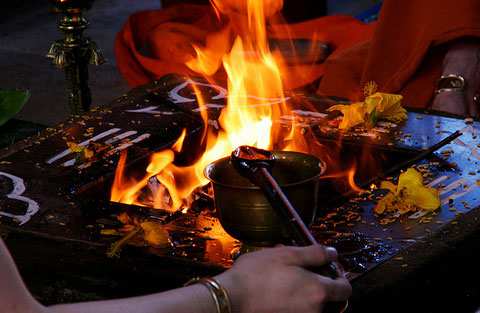

-in-Astrology.jpg)

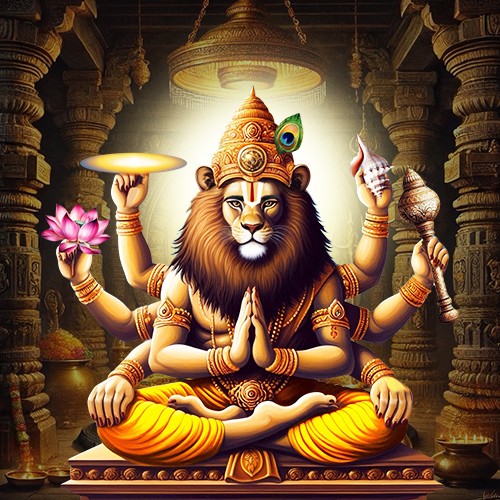
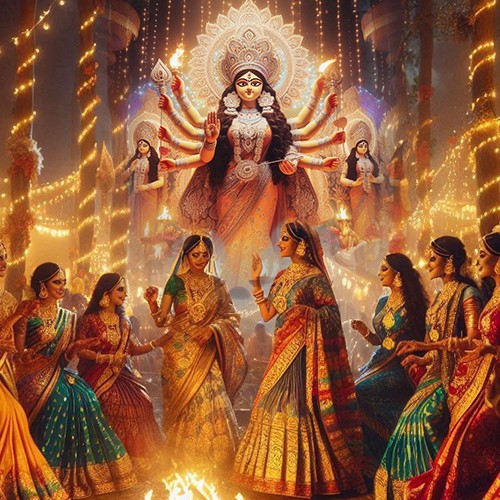
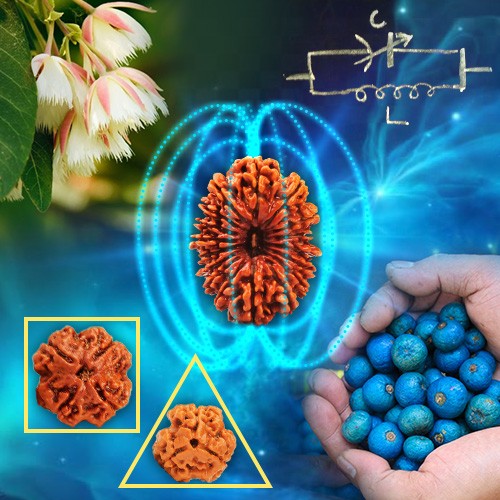

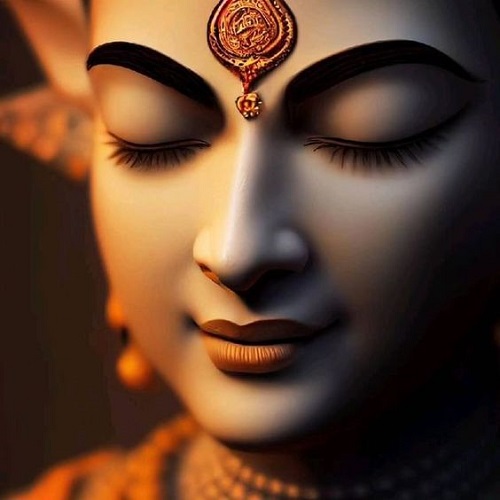
.jpg)
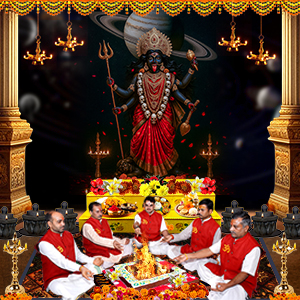
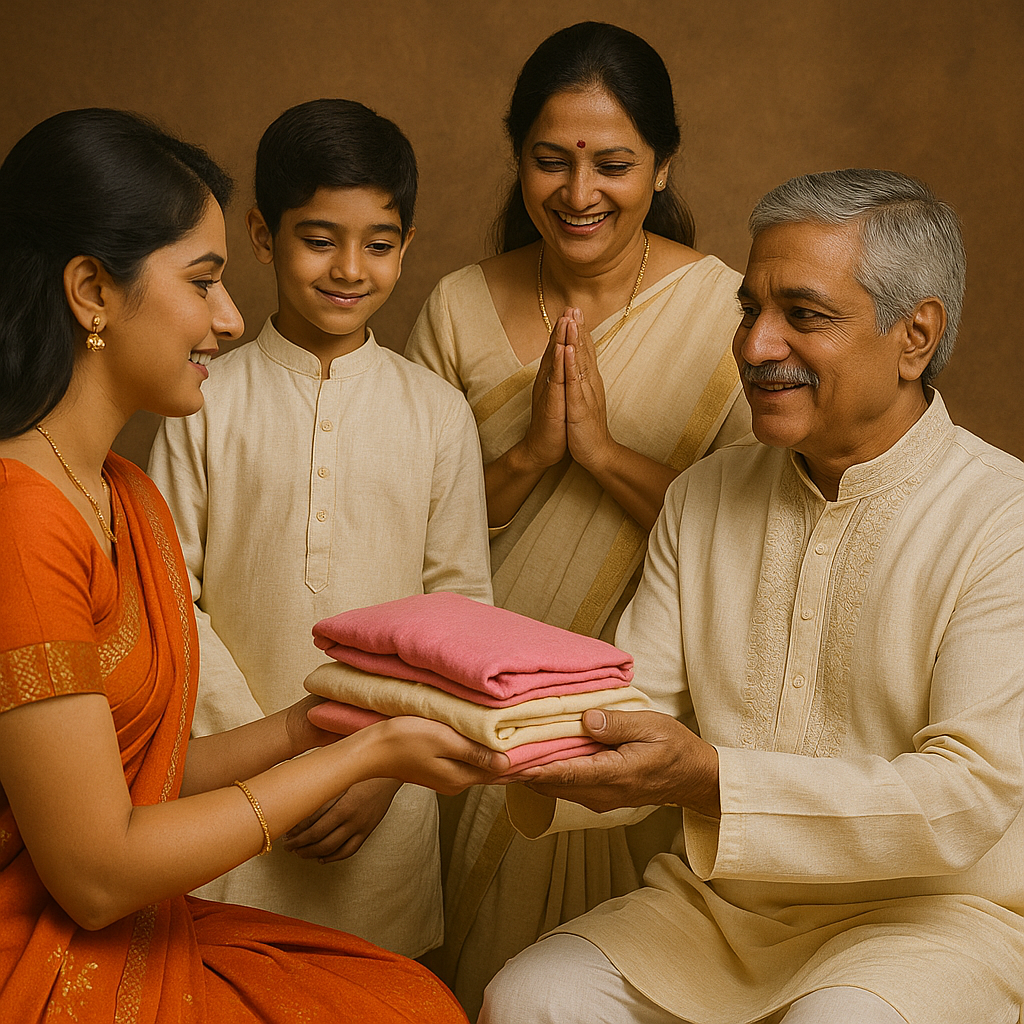
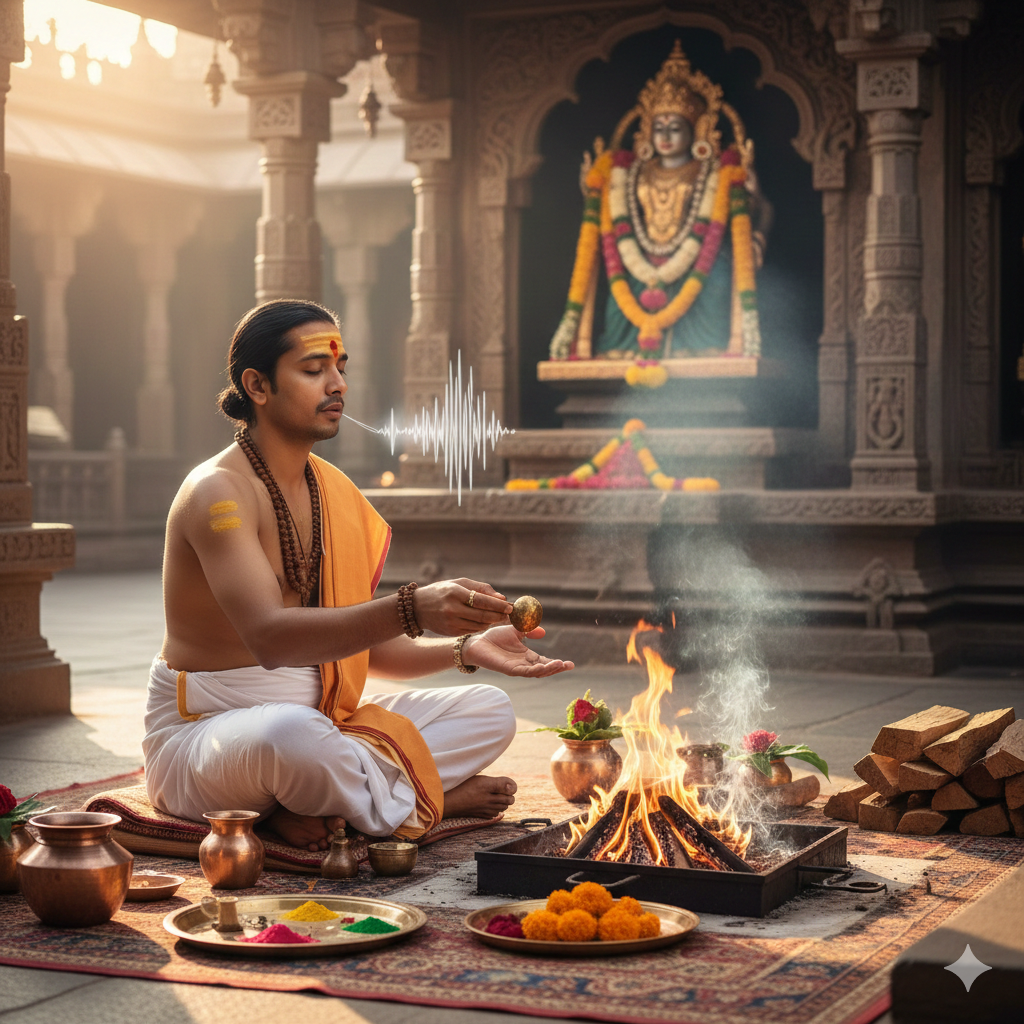

Comments 0
Leave your thought here